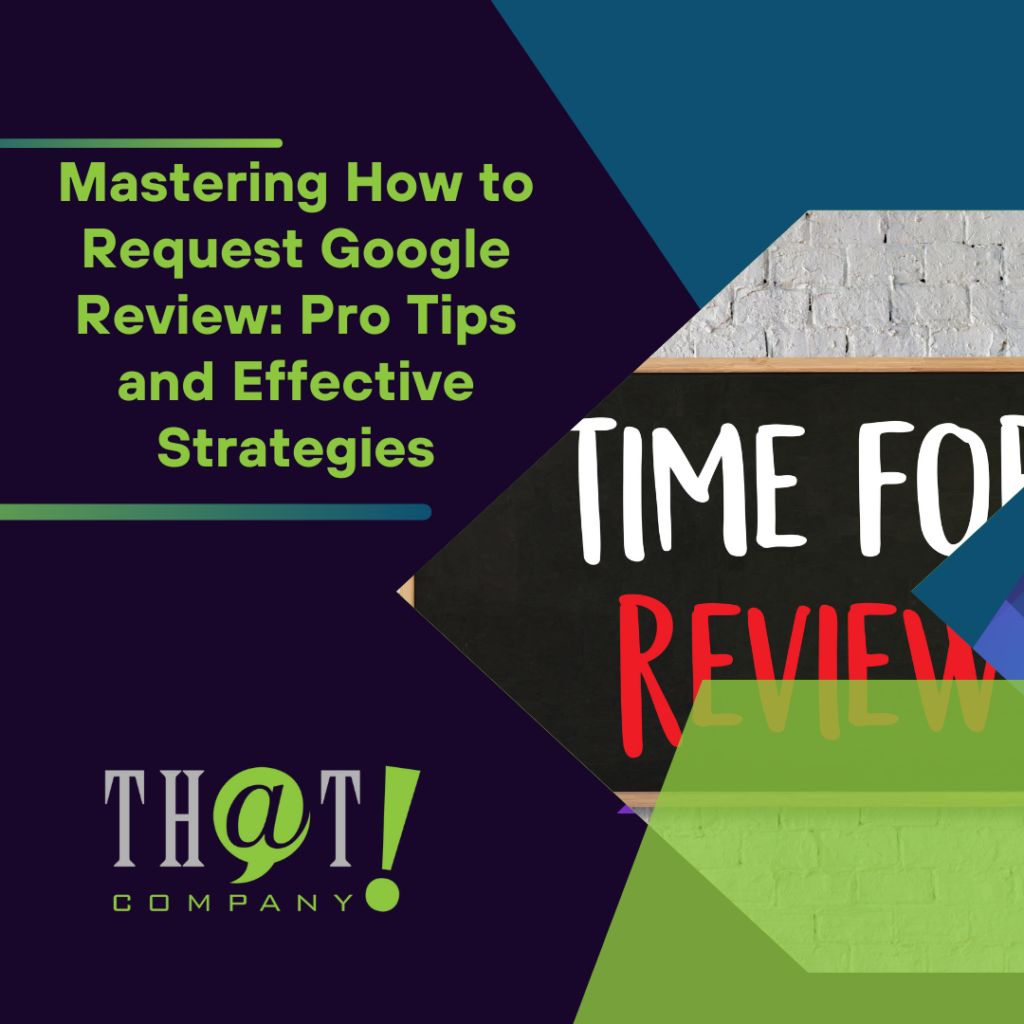
To rank higher in search engine results, web development SEO is essential. This article will show you 10 best practices to integrate SEO into your web development process. Learn how to optimize your site structure, speed, and mobile experience to drive organic traffic and improve rankings.
Key Takeaways
- Integrating SEO into web development is crucial for enhancing visibility and driving organic traffic, making user experience the top priority.
- Web developers must collaborate with SEO specialists from the beginning to optimize key elements like metadata, page speed, and mobile responsiveness.
- Continuous monitoring and analysis of SEO performance using tools like Google Analytics and Google Search Console ensures ongoing improvements and higher rankings.

Understanding Web Development SEO
Integrating SEO into web development is a necessity in today’s digital landscape. Search engine optimization significantly enhances web performance, positively impacting rankings on search engine results pages (SERPs) and driving organic traffic. Imagine building a beautiful house that no one can find; that’s what a website without SEO is like. An SEO-friendly website provides a strong foundation for optimization, ensuring that your site shows up when potential customers make relevant queries.
The integration of SEO into web design goes beyond technical tweaks; it’s about creating a seamless user experience. An SEO-friendly site not only improves user satisfaction but also boosts business performance by attracting high-intent traffic. Implementing best practices ensures search engines understand your content, crucial for visibility on search engine results pages.
Understanding search engine algorithms is also essential. These algorithms determine how web pages are ranked based on relevance and quality. As web developers, it’s our responsibility to align our website design process with these algorithms to enhance SEO success. Utilizing tools like Google Search Console helps in monitoring and optimizing your website’s performance, ensuring that your SEO strategy is on point with search queries.
In essence, SEO web design is about creating a site structure that is both user-friendly and search engine friendly. Focusing on these elements allows web developers to improve the website’s SEO, drive organic traffic, and achieve better business results.

The Role of Web Developers in SEO
Web developers hold the key to a website’s SEO success. SEO directly impacts web developers’ ability to secure high rankings in search engine results. Integrating SEO considerations from the start prevents issues that could negatively affect website performance. Think of it as building a house with a solid foundation; without it, the house (or website) is prone to collapse under the weight of search engine algorithms.
Effective collaboration between web development and SEO teams is essential for a successful website project. Clear communication during the development process enhances the alignment of SEO strategies. Collaboration between web developers and SEO teams ensures all SEO elements are seamlessly incorporated into the website.
Web developers should implement best practices such as optimizing metadata and ensuring mobile responsiveness. Understanding basic SEO concepts prevents developers from making critical mistakes that harm website rankings. For instance, neglecting to include meta tags or using unoptimized images can significantly impact a website’s performance on search engines.
Maintaining SEO best practices throughout the design process enhances the website’s overall effectiveness. Focusing on user experience elements like page speed and mobile readiness, web developers play a pivotal role in SEO success. Enhancing accessibility significantly contributes to SEO success. Remember, an SEO-friendly website is not just about pleasing search engines; it’s about creating a delightful experience for users.

Key Elements of an SEO-Friendly Website Structure
An optimized website architecture is the backbone of SEO success. It allows search engine crawlers to find and index all pages efficiently, ensuring that your content is discoverable. Using a flat site architecture ensures that all pages can be accessed within four clicks, maximizing crawl efficiency. Imagine navigating a labyrinth; a clear path makes the journey smoother and quicker.
Sitemaps provide a visual representation of a website’s structure and improve its overall crawlability. A consistent URL structure that mirrors the site’s categories aids in both user navigation and SEO. Each URL slug should include the web page’s focus keyword to enhance indexing. Well-structured URLs are clear, contain keywords, and avoid special characters and spaces.
Internal links play a crucial role in helping Googlebot navigate the site and determine the relevance and authority of the content. Website navigation includes internal links. These links connect users to important product or feature pages. This not only improves user experience but also aids search engines in understanding the context and relevance of your content.
An intuitive website structure impacts keyword targeting and helps in developing a keyword strategy for better rankings. Navigation menus enhance user experience by allowing users to find products quickly and easily. Focusing on these key elements allows web developers to create an SEO-friendly website structure that boosts visibility and drives organic traffic.

Optimizing Website Speed for Better Rankings
Page speed is critical for user experience and SEO. A staggering 40% of users are likely to abandon a site that does not load within three seconds. Enhancing loading speed involves optimizing images, compressing files, improving server response time, and reducing redirects. Think of a fast-loading website as a well-oiled machine; every component works seamlessly to deliver a smooth experience.
Tools such as Google’s mobile-friendly test, PageSpeed Insights, and GTmetrix can be used to measure website speed and performance. These tools provide valuable insights into areas that need improvement, allowing developers to make necessary adjustments. Redirects should be correctly utilized, specifically using 301 and 302 codes, and tools should be employed to test the functionality of these redirects.
Optimizing page speed significantly enhances user experience and improves search engine rankings. Remember, a fast-loading website not only pleases users but also gets the nod from search engines, leading to higher visibility and better organic traffic.

Mobile Optimization: A Crucial Aspect of SEO
The rise of mobile internet traffic cannot be ignored. More than half of global internet traffic originates from mobile devices, highlighting the necessity of mobile optimization. Google prioritizes mobile performance when ranking websites, making mobile-friendly designs essential for visibility. Imagine browsing a website on your phone, only to be met with tiny text and endless scrolling; frustrating, right?
Mobile sites rank better than desktop-only sites, indicating the importance of mobile-friendliness for SEO. Over 60% of searches are estimated to come from mobile devices, emphasizing the trend towards mobile usage. Having a responsive website is important for SEO as it ensures a seamless experience for users across devices.
Google employs mobile-first indexing, meaning they primarily use the mobile version of the content for indexing and ranking. Successful mobile optimization requires easy navigation and interaction, tailored for smaller screens without excessive scrolling. Proper content formatting is essential for ensuring pages are legible on mobile devices.
Mobile optimization enhances user experience, minimizes bounce rates, and improves search engine rankings.

Enhancing On-Page SEO Elements
On-page SEO involves tweaking elements within your website to enhance its visibility and relevance to search engines. Developers should ensure that metadata is accurately incorporated to help search engines understand the content of each page. Crafting meaningful page titles that include target keywords is crucial for informing both users and search engines about page content.
Meta descriptions should summarize page content succinctly, ideally keeping under 160 characters to encourage higher click-through rates. Include keywords in title tags without harming readability to maximize their effectiveness. Title tags should include the page or post’s focus keyword to align with users’ search intent.
Utilizing heading tags effectively helps clarify the structure of content, making it easier for search engines to grasp the significance of information. Header tags (H1, H2, H3, etc.) help improve readability and allow search engines to understand the hierarchy of content.
Optimizing images with alt text helps search engines understand the content and context of visuals on the site. Enhancing these on-page SEO elements significantly boosts a website’s SEO and organic traffic.

Implementing Structured Data for Rich Results
Structured data, also known as schema markup, is a structured data language that helps search engines understand the content of a webpage. Correctly implemented structured data can lead to rich snippets, enhancing how your site appears in search engine results and providing opportunities to gain rich results with added visual or interactive elements. Imagine your search result standing out with additional information, drawing the user’s attention.
Utilizing tools like Google’s Structured Data Markup Helper can simplify the process of adding structured data to your website. After marking up schema, it’s important to click ‘CREATE HTML’ to receive the code for integration into your website. Regularly monitoring and refining structured data based on performance metrics can enhance its effectiveness in SEO.
Implementing structured data improves a website’s visibility on search engines, leading to better click-through rates and higher organic traffic.

Ensuring Accessibility for All Users
Accessibility features implemented by developers can enhance user experience, which positively affects SEO rankings. Search engines prioritize websites that are user-friendly. This consideration extends to all users, including individuals with disabilities. Websites with high accessibility standards are preferred by over 80% of individuals with accessibility needs. Imagine the joy of a visually impaired user navigating your site effortlessly, thanks to well-implemented accessibility features.
Alt text serves dual purposes of improving accessibility and aiding in the indexing of images by search engines. Using clear and legible fonts can significantly improve the readability of content for all users. Properly formatted HTML elements aid in enhancing site navigation for both users and search engines.
Enhancing accessibility creates a more inclusive website, catering to a broader audience and improving SEO rankings.

Technical SEO Considerations
Technical SEO forms the foundation for effective SEO strategies and helps in optimizing backend elements. Implementing HTTPS is crucial as it prevents users from receiving security warnings that could deter them from visiting your site. To enable HTTPS encryption for a website, an SSL certificate is required. A properly structured XML sitemap aids search engines in understanding and effectively crawling your site’s pages.
Sitemaps help Google find and crawl web pages for ranking eligibility. An incorrectly configured robots.txt file can severely restrict search engine crawling, impacting your site’s visibility. Maintaining clean code and fixing errors promptly helps to enhance the site’s performance and user experience.
Web developers need to make sure that their JavaScript content is accessible and can be properly rendered by search engine crawlers. Using semantic HTML is vital, as it enhances the way search engines interpret the structure and meaning of web content. Using 301 redirects effectively is important for guiding users and search engines to the correct URLs without losing link equity.
Addressing these technical SEO aspects creates a solid foundation for SEO success.

How That! Company Can Help You Start a Digital Marketing Company
White Label Services: Access a comprehensive range of white label digital marketing services, including SEO, PPC, and social media, enabling you to provide professional marketing solutions under your brand without needing in-house expertise.
Dedicated Account Management: Collaborate with skilled account managers who oversee client relationships, ensuring a seamless and professional experience while you concentrate on expanding your business.
Scalable Operations: Grow your digital marketing services with a scalable model that adapts to your client base, minimizing overhead costs and staffing challenges.
Proven Expertise: Utilize a team with extensive experience in delivering measurable results, helping you establish credibility and trust with your clients from the start.
Transparent Reporting: Offer clients detailed, branded reports that highlight campaign performance and ROI, boosting client retention and satisfaction.
Sales Support: Gain access to training and resources to close more deals, including help with pitches and proposals tailored to your prospects.
Customizable Pricing Models: Implement flexible white label pricing structures that allow you to maintain competitive margins while providing high-value services.
Ongoing Training and Support: Receive ongoing education and guidance from That! Company to stay up-to-date on the latest digital marketing trends and strategies, ensuring your business stays competitive.

Monitoring and Analyzing SEO Performance
Monitoring and analyzing SEO performance is crucial for continuous improvement. Combining Google Analytics and Google Search Console provides a more comprehensive view of SEO performance. Google Analytics provides insights on user behavior, including traffic sources and demographics. Both Google Analytics and Google Search Console can track website traffic, but from different perspectives.
Google Search Console helps identify how search engines view your site and highlights technical issues. It allows you to submit sitemaps and monitor the indexing status of your pages. Google Analytics cannot detect technical issues like crawling errors, which is where Google Search Console excels.
Incorporating structured data into your SEO strategy can enhance your website’s visibility on search engines, leading to better click-through rates. Structured data helps search engines accurately interpret your webpage’s content, improving its chances of ranking higher in search results. Monitoring and analyzing SEO performance ensures continuous improvement and sustained SEO success.

Summary
As we wrap up this journey through the world of web development SEO, it’s clear that each element plays a vital role in achieving SEO success. From understanding the basics of SEO to mastering technical and on-page elements, every step is crucial. By integrating SEO into web development, web developers can create websites that not only rank high on search engines but also provide an exceptional user experience.
Key takeaways include the importance of a strong website structure, optimizing page speed and mobile performance, enhancing on-page SEO elements, implementing structured data, ensuring accessibility, and focusing on technical SEO considerations. Monitoring and analyzing SEO performance is also essential for continuous improvement.
Remember, SEO is not a one-time task but an ongoing process. By staying updated with the latest SEO best practices and continuously optimizing your website, you can achieve sustained SEO success and drive better business results.

Frequently Asked Questions
Do web designers know SEO?
Yes, web designers should incorporate SEO tactics into their design practices to enhance visibility and improve user experience. Embracing SEO will make your designs not only visually appealing but also effective in attracting traffic!
What is SEO in web development?
SEO, or Search Engine Optimization, is essential for enhancing your website’s visibility and ranking on search engines like Google. By optimizing content, structure, and backlinks, you can attract more users and grow your online presence effectively with the help of white label SEO providers.
Why is SEO important for web developers?
SEO is essential for web developers because it enhances visibility and ensures higher search engine rankings. By prioritizing SEO from the beginning, you can create more impactful and successful websites that stand out to users, especially when working with a white label website developer.
What is the significance of mobile optimization for SEO?
Mobile optimization is crucial for SEO because over half of global internet traffic comes from mobile devices, and Google prioritizes mobile-friendly sites in search rankings. Embrace this change to enhance your visibility and reach more users effectively!
How does structured data impact SEO?
Structured data significantly boosts your SEO by enabling search engines to better understand your webpage’s content, resulting in rich snippets and increased visibility. Embrace structured data to enhance your online presence!

























